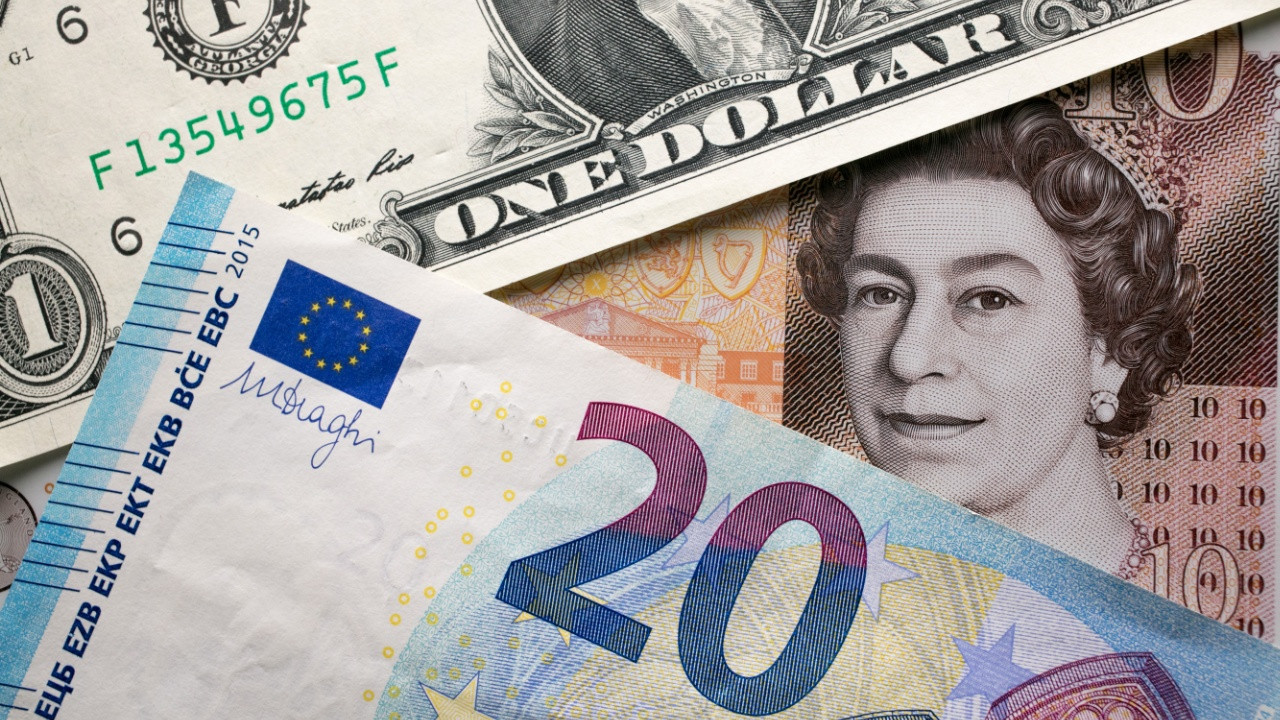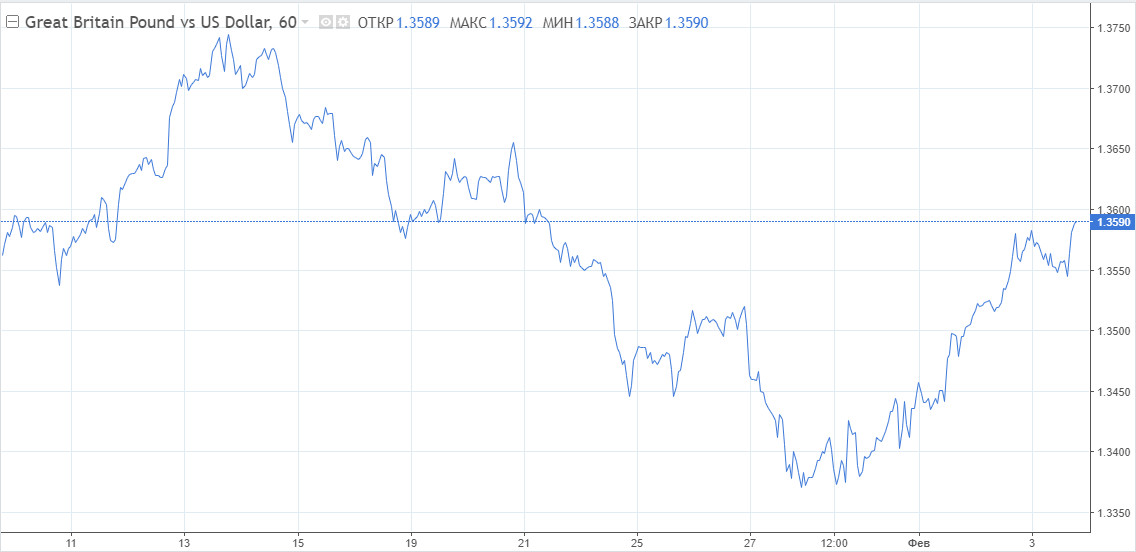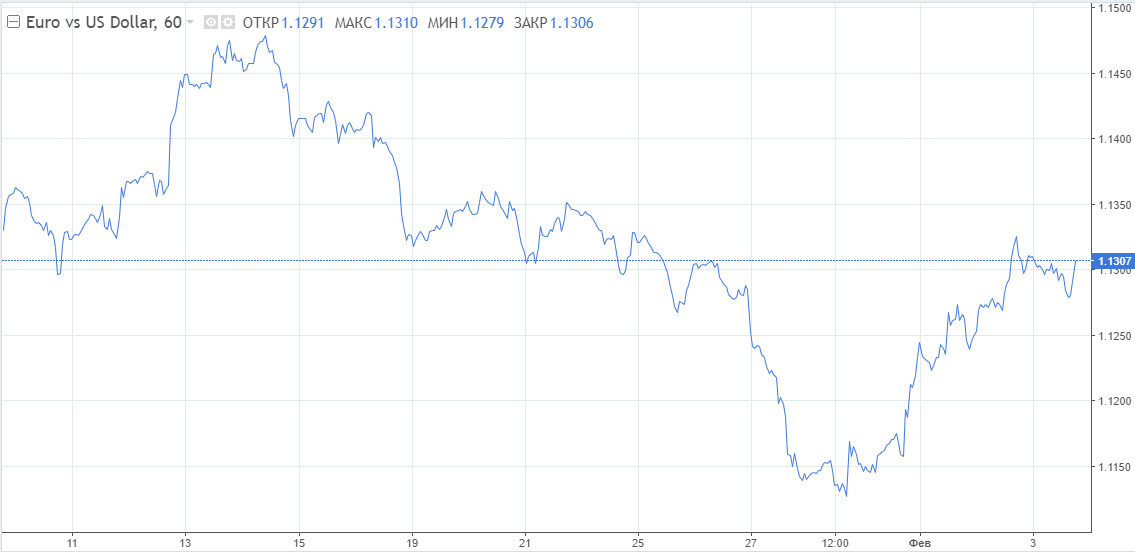
Today, two major central banks, the Bank of England and the European Central Bank, announced their decision on the interest rate. The increased contrast between them could lead to major market movements.
The Bank of England increased the rate by 0.25 percentage points to 0.5%, in line with expectations. It is the second rate increase by the BoE following the 0.25 p.p increase in December. It's the first back-to-back rate hike since 2004.
The regulator's actions resemble its policy in the 2000s, when the BoE was much more proactive in combating rising inflation than its US and EU counterparts. The hawkish policy shift should push the pound sterling, which took a beating from Brexit and the pandemic, up from its current lows.
GBP only slightly increased on the BoE's decision. However, the outlook for the pound sterling remains bullish. GBP/USD could settle in the 1.4200-1.6000 range, while EUR/GBP could enter the 0.7000-0.8000 range.

The European Central Bank left its interest rate unchanged while reaffirming its plans to end its emergency purchase program in March. Amid record-high inflation, the regulator and its president Christine Lagarde are trying to save face with a slightly more hawkish rhetoric. However, this is unlikely to improve the situation for the euro and the eurozone, which is lagging behind the US and the UK in anti-inflation measures.
The ECB is expecting inflation to drop to the target level of 2% without resorting to any measures. Politicians and market players think otherwise - investors have priced in a 28 basis point rate hike this year, despite ECB statements to the contrary.
EUR/USD could fully or partially ignore Thursday's meeting and continue to consolidate near 1.1300. The US labor market data release on Friday is also unlikely to influence the pair in any way, except for random price movements that would not change the trend. Such price trajectory is a regular occurrence when the quote ignores major events.
In another scenario, the euro could drop sharply. Alternatively, it could rise towards 1.1500 before performing a downward correction. However, the euro's movements in February are highly unlikely to influence EUR/USD in the long term. The situation could change by the end of the first quarter, and the ECB's policy could also be adjusted. In this case, the euro would rise to 1.1800 and then reach 1.2500 in the second quarter. The fair value for EUR remains above 1.2000.

EUR/USD has found strong resistance near 1.1320. If the pair manages to break through it, 1.1340 and 1.1380 would be its next targets.
1.1300 could serve as resistance, making 1.1260 the pair's support level. EUR/USD could then test 1.1210 and 1.1200.
At this point, the pair is unlikely to make any significant movements.
 English
English 
 Русский
Русский Bahasa Indonesia
Bahasa Indonesia Bahasa Malay
Bahasa Malay ไทย
ไทย Español
Español Deutsch
Deutsch Български
Български Français
Français Tiếng Việt
Tiếng Việt 中文
中文 বাংলা
বাংলা हिन्दी
हिन्दी Čeština
Čeština Українська
Українська Română
Română

